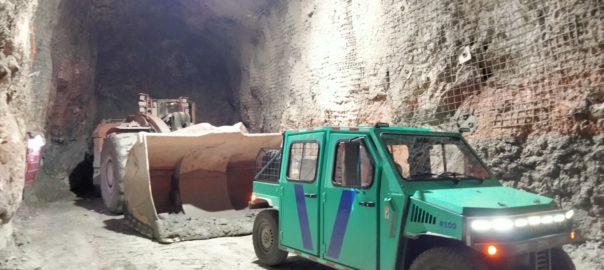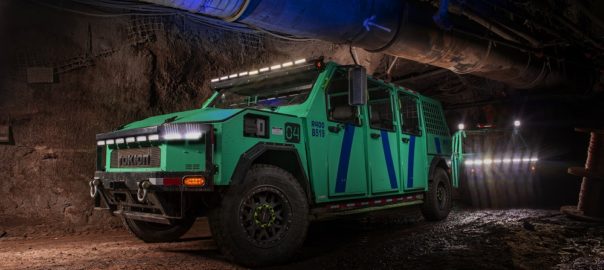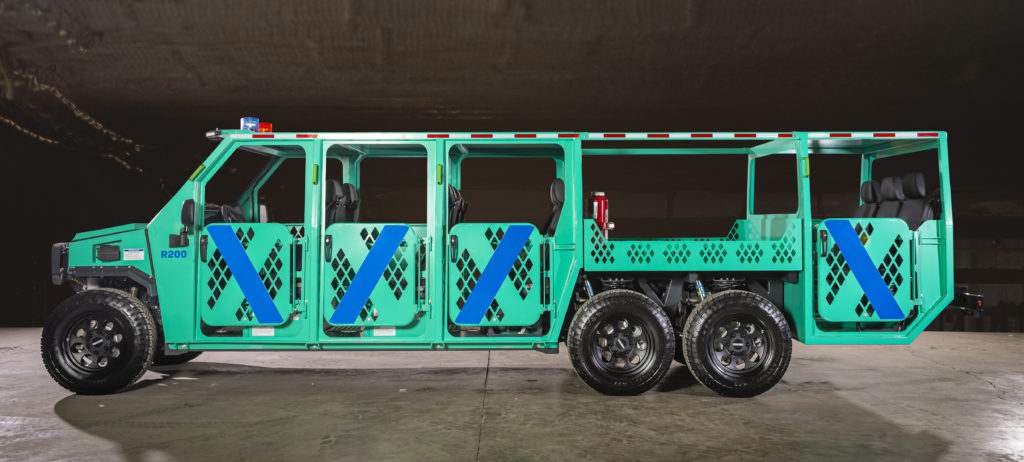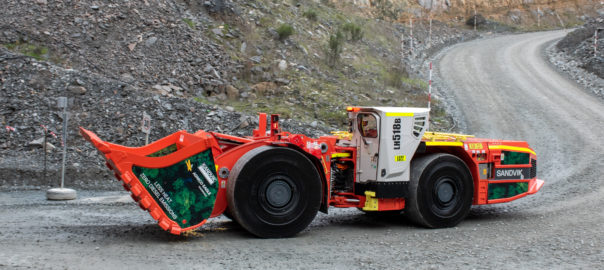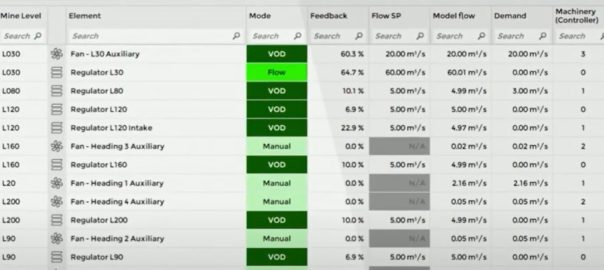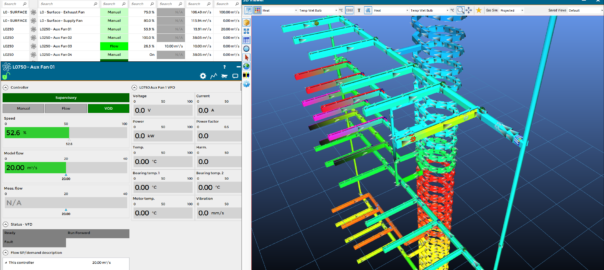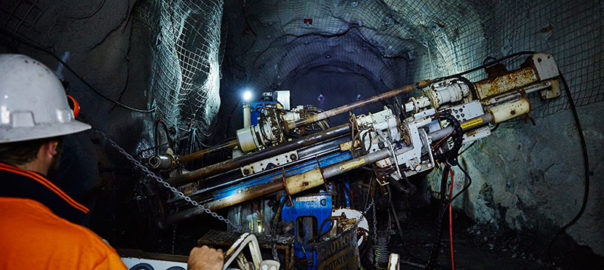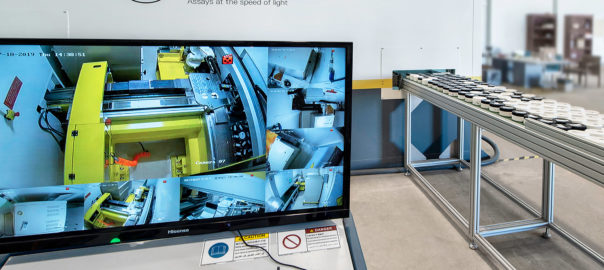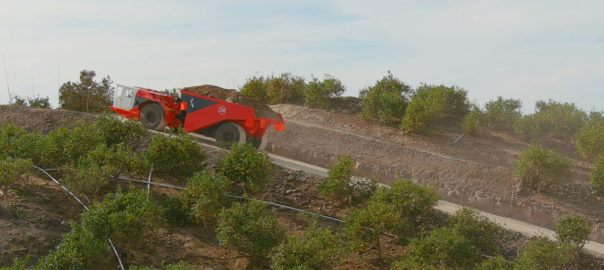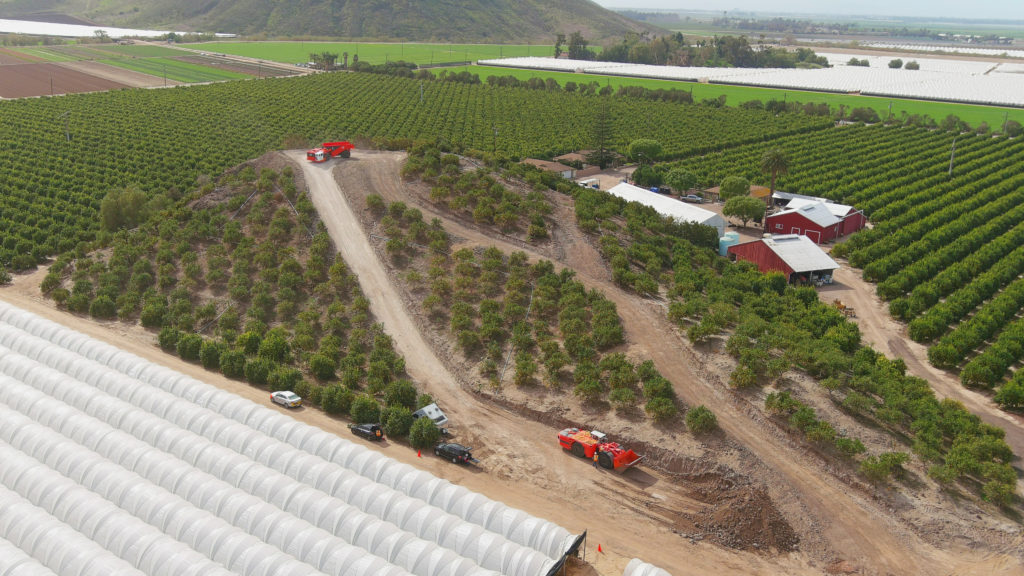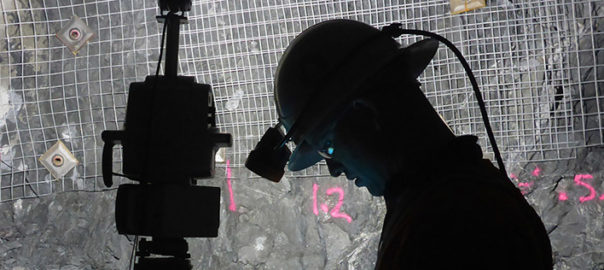Rokion and its New South Wales-based distributor LDO Group have continued their battery-electric utility vehicle momentum in Australia, with another unit having gone underground at Aeris Resources’ Tritton operations in the state.
The electric light vehicle, an R100, has successfully completed its first trip underground after above-ground tests in 2022, the mining company said.
Rokion says the R100 series includes a four-passenger crew truck and a two-passenger utility truck, with both models built on the same frame dimensions and available in ramp-ready configurations.
Tritton General Manager, Scott Ramsay, said the copper operation is still in the trial stage of using the electric light vehicle underground but the first signs are positive.
“We are trying different power charge setups to respond to the specific needs for driving underground,” he said in a LinkedIn post. “But, overall, it has made a good impression and it is quite likely we will be seeing more vehicles like this in the future.”
Aeris and its Tritton operation have some recent history with battery-electric vehicles, having previously used the battery-electric retrofit ‘TRITEV’ 20 t underground Integrated Tool-Carrier/Loader. This followed a collaboration between 3ME and Aeris that started all the way back in 2017.







